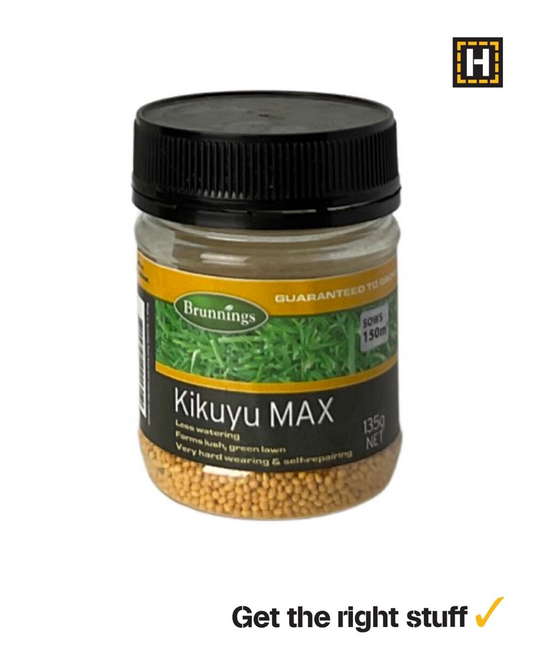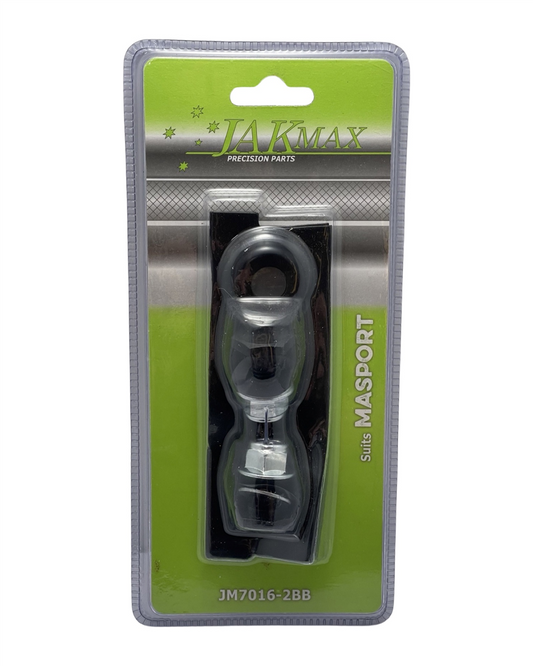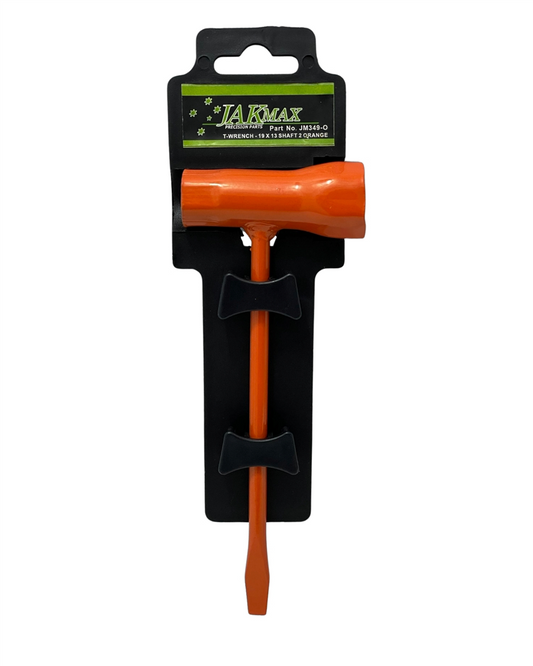The ultimate guide to growing climbing beans with ease
Share
How to Grow Climbing Beans Effortlessly
So, you've decided to give climbing beans a go? Good choice! There's something downright delightful about watching those vines twist and twine their way up a trellis, rewarding you with an abundance of fresh beans. Whether you're a gardening newbie or simply looking to refine your skills, these little powerhouses are one of the easiest and most rewarding crops to grow.
Why Choose Climbing Beans?
If you're working with limited space, climbing beans are an absolute game-changer. They grow vertically, meaning you can maximise a small backyard, courtyard, or even a balcony garden without sacrificing precious ground space. They’re also fast-growing, highly productive, and bonus—they fix nitrogen in the soil, making them a helpful companion for your other plants.
Picking the Right Variety
Not all climbing beans are created equal. Some are grown for fresh green beans, while others are better suited for drying and storing. A few popular choices include:
- Scarlet Runner Beans – Gorgeous red flowers and delicious beans. Win-win!
- Blue Lake Beans – Classic, reliable, and super productive.
- Purple King Beans – Deep purple pods that turn green when cooked. A stunning addition to any garden.
Planting and Soil Preparation
Climbing beans aren’t fussy, but they do appreciate well-drained soil and loads of sunshine. Before planting, mix in some compost or aged manure to give them a nutrient boost. If your soil is heavy, consider raising your garden beds or planting in large containers.
When planting seeds, push them about 2-3 cm deep and space them 10-15 cm apart. They’ll sprout in a week or two, and from there, it's off to the races.
Supporting Your Climbing Beans
These vines need something sturdy to climb. Simple bamboo stakes, a trellis, or even string set up in a tepee formation will do the trick. Put your support structures in place before the plants get too big, or you’ll risk damaging their delicate roots.
Watering and Feeding
Climbing beans love consistent moisture but aren’t fans of soggy soil. Water regularly, especially during dry spells, but avoid overdoing it. Mulching around the base of the plants will help retain moisture and suppress weeds.
Because they fix their own nitrogen, they don’t need much fertiliser. A light feeding with seaweed solution every few weeks will keep them happy.
Keeping Pests at Bay
The good news? Climbing beans aren’t usually plagued by many pests. But, keep an eye out for aphids and whiteflies, which can sometimes be a nuisance. A simple homemade solution of water and a drop of soap will send them packing.
If snails and slugs make an appearance, try beer traps or sprinkle crushed eggshells around the base of your plants.
Harvesting Your Beans
Climbing beans are best picked young and tender. The more you harvest, the more they'll produce, so don’t be shy about picking them regularly. If your beans start to bulge in their pods, they may be past their prime, but they can still be used in soups or left to dry for later use.
What to Do After the Harvest
When your climbing beans have finished their run, don’t be too quick to rip out the plants. Their roots contain nitrogen nodules, which will benefit your soil. Cut the plants at ground level, leaving the roots to break down and enrich the earth for the next crop.
With minimal effort and a little patience, climbing beans will reward you with handfuls of delicious homegrown goodness. Plus, there’s something magical about plucking fresh beans straight from the vine, knowing you grew them yourself.
Ready to get started? We’ve got everything you need at Strathalbyn H Hardware. Pop in for seeds, soil, and expert advice to kickstart your bean-growing adventure.
Happy gardening!
Cheers,
Candeece

Stay Connected
Join our gardening community on Facebook: Urban Gardener's Notebook
And follow our Store Facebook Page: Strathalbyn H Hardware on Facebook









